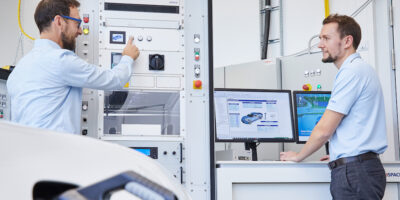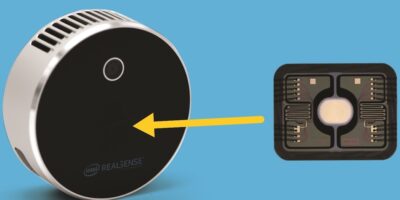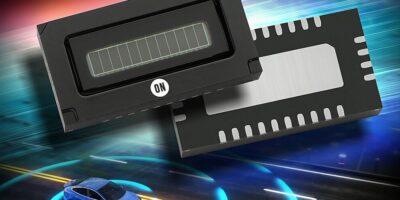A smart charging station emulator from dSpace allows for the emulation of charging stations with a power of up to 85kW. According to dSpace, the emulator can accelerate the development of electric vehicles (EVs) for international markets.
The Smart Charging Station Emulator allows for the emulation of charging stations with a power of up to 85kW. Manufacturers of EVs and suppliers of battery systems can realistically test new developments with different technical charging standards and protocols, simulate a large number of faults, and develop them quickly and efficiently in line with the requirements of international markets, says dSpace.
It is based on dSpace’s Smart Charging Solution, which is used for testing onboard chargers, charging stations, and communication modules. Other components of the Smart Charging Station Emulator include a Scalexio real-time simulator, a dynamic and expandable model that runs on the simulator. There is also a power supply that enables DC charging and discharging at a maximum of 85kW. This means that vehicle-to-grid (V2G) scenarios can also be simulated, confirms dSpace.
All components are contained in a robust rack, fitted with wheels, to make the system flexible and mobile. It can be used not only in the laboratory but also for tests on prototype vehicles in workshops. There is automatic cable recognition, connecting communication and charge release, insulation monitoring and emergency stop switches, for operator safety.
The system supports international standards for charging communication such as ISO 15118 and DIN SPEC 70121, GB/T 27930, GB/T 18487, and CHAdeMO, and emulates a variety of charging stations and charging scenarios in real time. New charging standards such as CHAdeMO 3.0 or ChaoJi can be implemented.
The Smart Charging Station Emulator supports AC charging up to 63A and DC charging up to a maximum of 200A or 85kW. It is also adaptable to customer-specific charging supply requirements. In addition, the system offers almost unlimited options for manipulating electrical parameters and communication.
dSpace provides simulation and test solutions for developing networked, autonomous, and electrically powered vehicles. Automotive manufacturers and their suppliers use the company’s end-to-end solution range to test the software and hardware components of new vehicles long before a new model is allowed on the road.
As well as a partner for vehicle development, engineers in aerospace and industrial automation fields also rely on dSpace. The company’s portfolio ranges from end-to-end solutions for simulation and validation to engineering and consulting services as well as training and support.
Headquartered in Paderborn, Germany, dSpace has three project centres in Germany and serves customers through regional dSpace companies in the USA, the UK, France, Japan, China, and Croatia.







